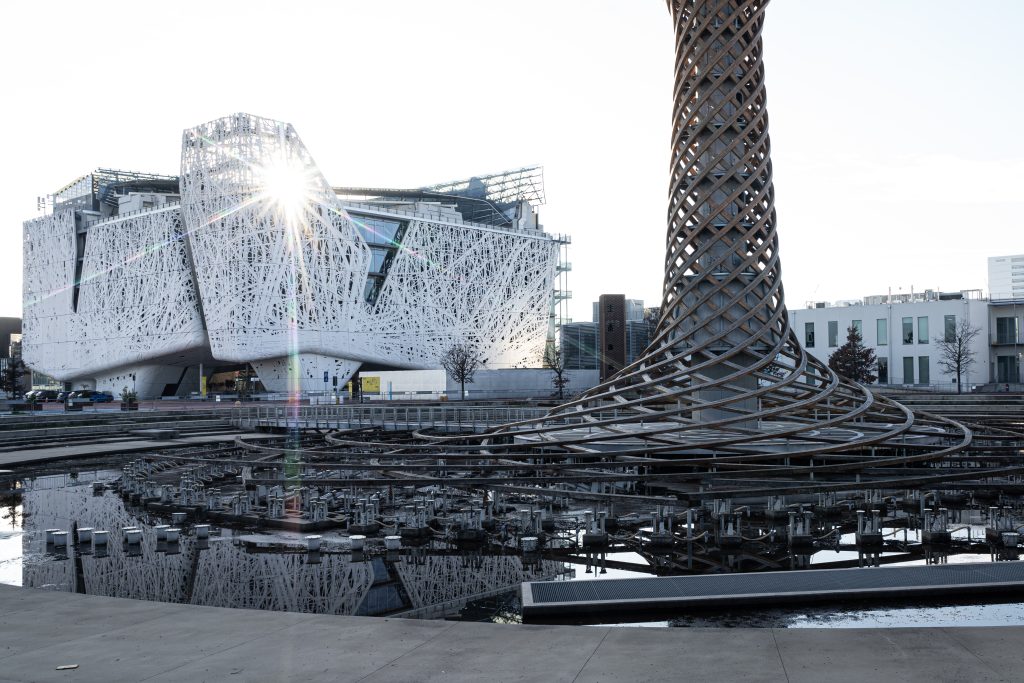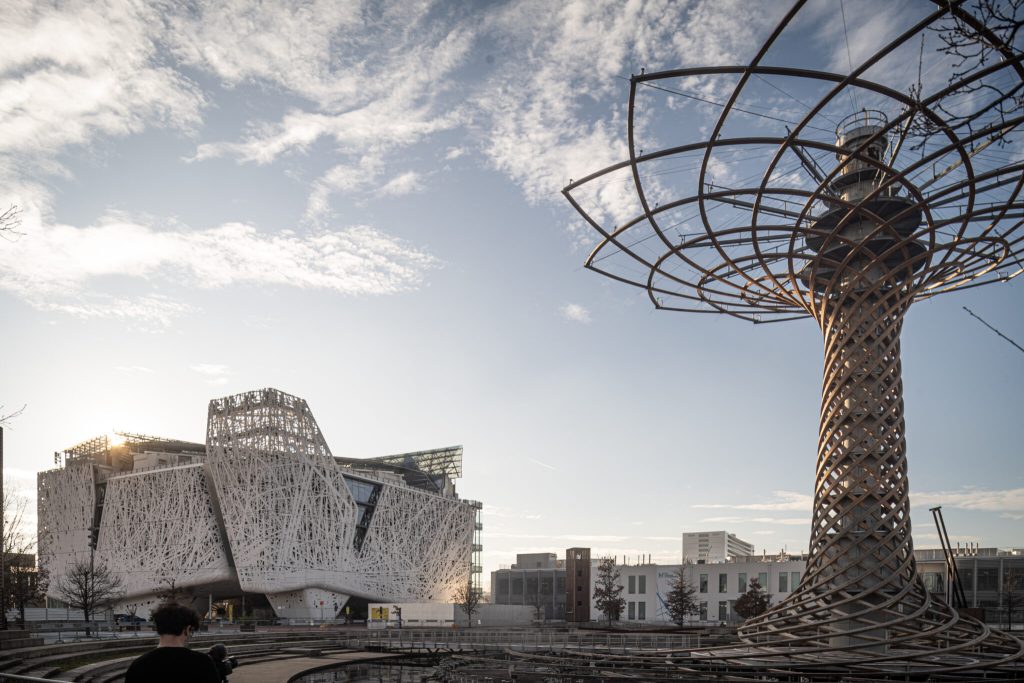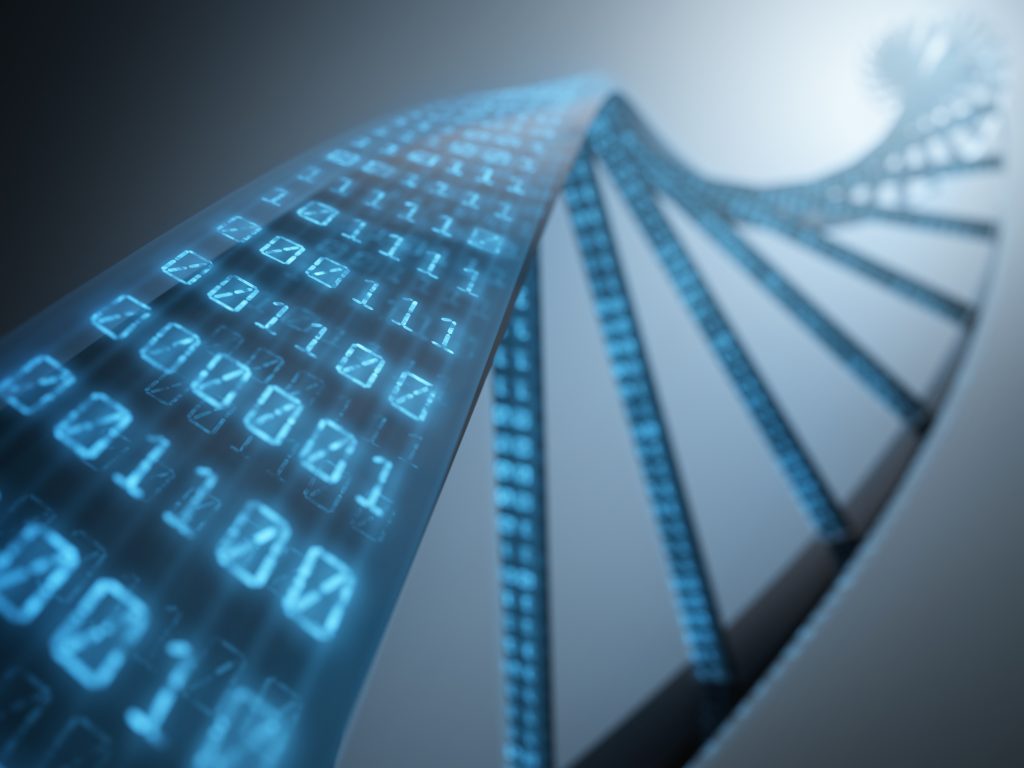Childhood Cancer: Free DNA in Blood Reveals Therapy Resistance

An international study coordinated by Milan’s Human Technopole, the Institute of Cancer Research (ICR) in London, and the Royal Marsden Hospital in London has shown that certain DNA fragments found in the blood of paediatric cancer patients can be used as “biomarkers” to obtain information on the characteristics of the disease and its ability to resist therapies. Analysing these fragments could represent an effective alternative to tumour tissue biopsy, a practice that is particularly difficult in children. The results of the study, presented on International Childhood Cancer Day, confirm once again that epigenetics – the specific form that genetic material takes within the cell nucleus – plays an active role in the development of cancer.
Like messages in a bottle carried by the sea, degraded and unserviceable DNA fragments circulating freely in the bloodstream also contain important information: genetic signals, called biomarkers, which indicate the possible causes of resistance to therapies and future evolution of paediatric cancers. This is the core finding of an international study coordinated by researchers at Human Technopole (HT) in Milan, Italy, the Institute of Cancer Research (ICR) in London and the Royal Marsden Hospital in London, as part of the UK’s larger Stratified Medicine Paediatrics (SMPaeds) precision medicine programme, which aims to identify potential factors in the human genome that could play an active role in disease recurrence and possible new therapeutic targets.
The results of the study, published recently in the prestigious scientific journal Cancer Discovery, show that a detailed analysis of the so-called “circulating free DNA” (cfDNA) — all those fragments of genetic material degraded and released from the cell into body fluids such as blood plasma — makes it possible to detect parts of the DNA of tumour cells, even those already dead. Within them researchers are able to detect those genetic features that distinguish paediatric tumours that are more aggressive. Instead of taking parts of the tumour tissue through biopsy, an invasive practice that is particularly difficult in children, a simple blood draw would suffice to obtain a wealth of information on the nature of the paediatric tumour, including possible resistance to therapies and evolution of the cancer over time.
The study also confirmed the significant role of epigenetics in tumour onset and evolution. Epigenetics is the way genetic material is “folded” within the cell nucleus. By sequencing the cfDNA of some patients, researchers observed that DNA fragments present in plasma had taken on particular shapes that had previously been studied and associated with the presence of different types of cancer.
Andrea Sottoriva, Head of the Computational Biology Research Centre at Human Technopole and corresponding author of the study, states: “The development of resistance to therapies in paediatric cancers are often associated with specific mutations in genes and epigenetic factors. By comparing the tumour tissue of several patients with relapsed paediatric cancers with DNA fragments released from their cells into plasma, we observed that a greater number of mutations present on cfDNA corresponded to a greater diversity among the cells that constituted the tumour tissue. Consequently, we observed a greater chance that not all of these cells would respond positively to the same therapy, regenerating and thus leading to a return of disease. We therefore concluded that the cfDNA of paediatric cancer patients can be analysed to obtain very valuable information about the genetic characteristics of the tumour and its ability to resist therapies.”
Marino Zerial, Director of Human Technopole emphasised: “This study confirms the importance of a constant search for new markers that can help predict tumour behaviour, as well as new potential therapeutic targets, especially in complex and delicate cases such as paediatric cancers. The research also allowed us to confirm once again the central role of epigenetics in tumour initiation and development, which at Human Technopole we have often investigated in different pathologies and through various research projects published over the years.“
The study
A large genomic dataset from patients with relapsed and aggressive paediatric cancers was considered for this study. Specifically, one sample of tumour tissue and one sample of circulating free DNA (cfDNA) were taken from each of these patients. The samples were then analysed, sequenced in the laboratory, and compared with each other. The researchers then observed that when certain mutations were present on the patient’s cfDNA, the cells in their tumour tissue exhibited great heterogeneity, meaning they were very different from one another and, therefore, more difficult to eliminate simultaneously with a single therapy. The presence of very different tumour cells is a key factor in a tumour’s ability to recur even after a long time. In addition, greater presence of mutations on cfDNA corresponded to greater heterogeneity of tumour tissue, and vice versa.
By analysing the cfDNA, researchers also noticed that specific sequences of these fragments had a conformation identical to that of the genetic material present within the nucleus of the patient’s cancer cells, thus confirming the active role of epigenetics – the specific form that genetic material takes within the cell nucleus – as a key factor in the onset and development of tumours.




